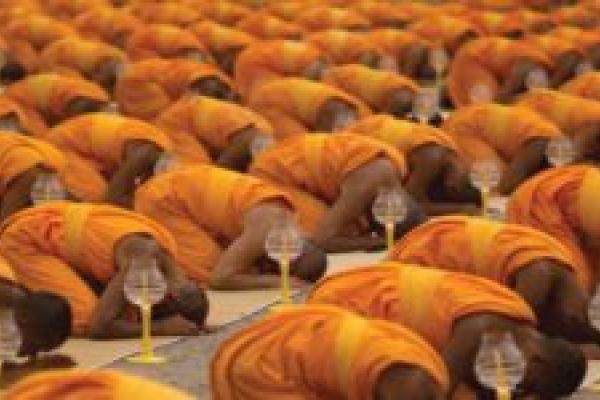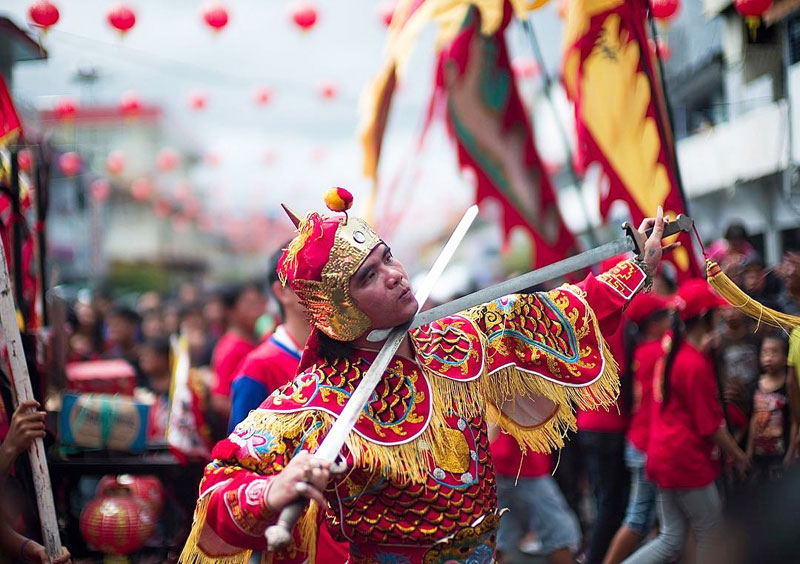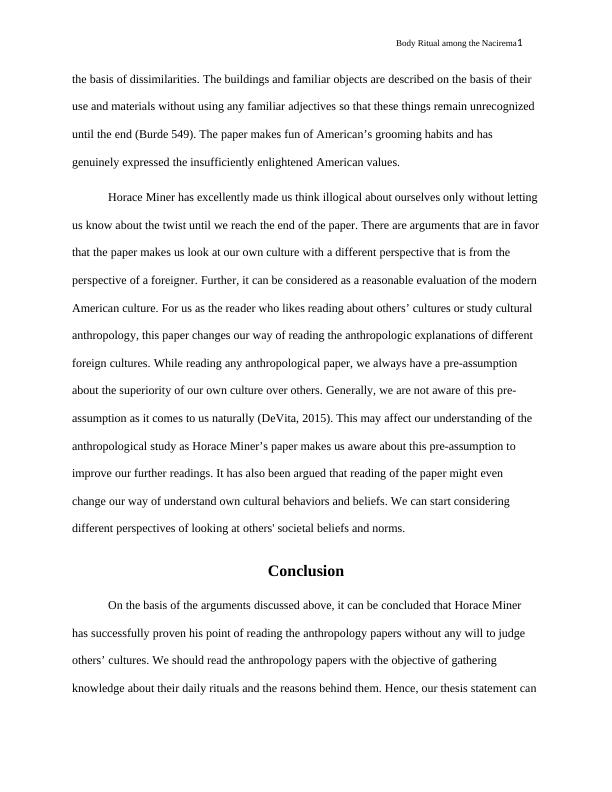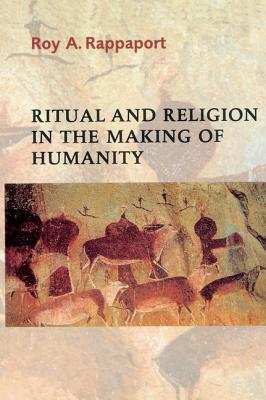Ritual anthropology is the study of ritual practices and beliefs within different cultures and societies. It is a subfield of anthropology, which is the study of human culture and society. Rituals are an important part of many cultures and can include ceremonies, celebrations, and other practices that are performed for various purposes, such as to mark important events, to communicate with the gods or spirits, or to create a sense of community and social cohesion.
One of the key themes in ritual anthropology is the role of rituals in shaping and expressing cultural identity. Rituals can serve as a way for people to express their cultural values, beliefs, and traditions, and they can also help to transmit these cultural elements from one generation to the next. For example, a wedding ceremony may be an important ritual in a particular culture, and it may involve specific customs and traditions that are passed down through the generations. Through participating in such rituals, individuals can reaffirm their connection to their culture and to the broader community.
Another important aspect of ritual anthropology is the function of rituals in social and psychological terms. Rituals can serve a number of important social functions, such as creating a sense of belonging and social cohesion, helping to establish and maintain social hierarchies and power dynamics, and providing a means for resolving conflicts or dealing with crises. In psychological terms, rituals can also serve as a means of coping with stress or anxiety, and they can provide a sense of meaning and purpose in people's lives.
There are many different approaches to studying ritual practices within anthropology. Some scholars focus on the cultural and symbolic meaning of rituals, examining the way in which they express and reinforce cultural values and beliefs. Others may look at the social and psychological functions of rituals, exploring how they serve as a means of communication and social interaction. Still others may study the material culture of rituals, examining the objects and artifacts that are used in ritual practices, or the spatial and architectural aspects of ritual sites.
In conclusion, ritual anthropology is a rich and complex field of study that encompasses a wide range of cultural practices and beliefs. It provides insight into the ways in which rituals shape and express cultural identity, as well as their social and psychological functions. By studying the diversity of ritual practices around the world, we can gain a deeper understanding of the role of rituals in human society and culture.







